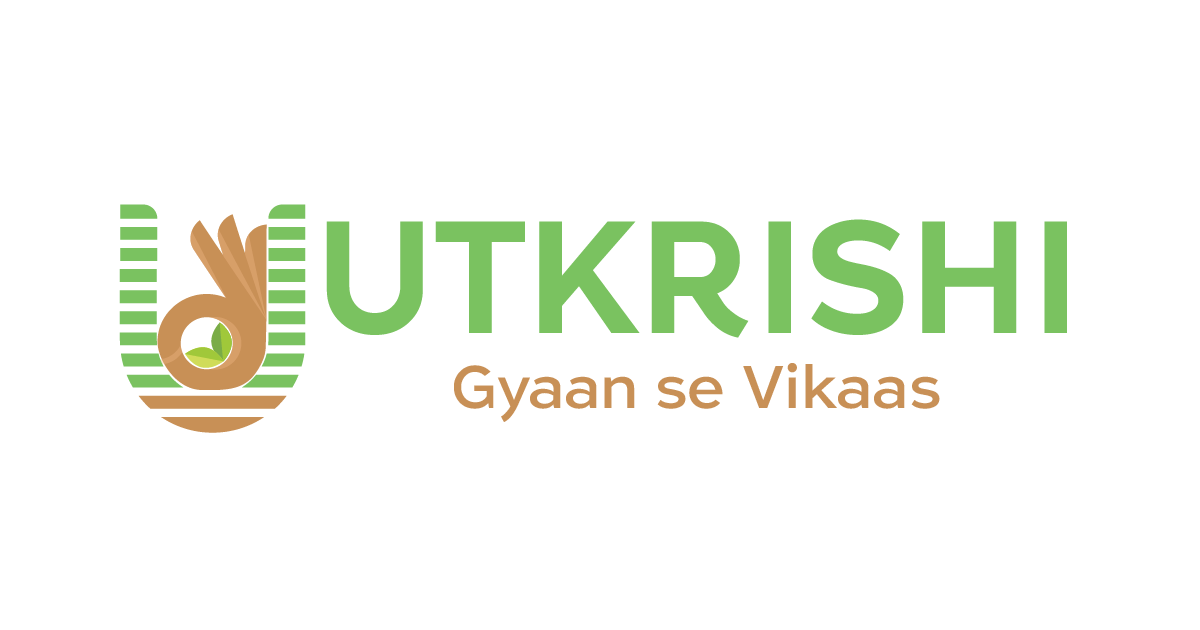India’s agricultural sector is the backbone of the country’s economy, supporting nearly half of the population directly or indirectly. Yet, Indian farmers often face challenges accessing financial resources due to rigid loan processes, systemic gaps, and a lack of empathy in financial institutions. As the nation strives toward sustainable development, it is imperative to develop a human-centric loan access system that addresses farmers’ unique needs and challenges.
The Current Landscape
Today, many Indian farmers rely on loans for seeds, equipment, irrigation, and other essential agricultural inputs. While institutional credit has increased over the years, a significant portion of farmers still depends on informal moneylenders due to:
- Cumbersome loan procedures: Lengthy documentation and bureaucratic hurdles deter farmers with limited literacy.
- Limited financial literacy: Many farmers are unaware of government schemes or struggle to navigate complex loan terms.
- Risk aversion by banks: Banks are often hesitant to lend to farmers due to unpredictable incomes influenced by weather and market volatility.
These factors push small and marginal farmers into debt cycles, exacerbated by high-interest rates from informal sources.
Why a Human-Centric Approach?
A human loan access system goes beyond numbers and algorithms—it seeks to understand the farmer as an individual. Such a system would:
- Bridge the Trust Gap: Farmers need institutions they can trust, ones that empathize with their struggles and respect their dignity.
- Account for Local Realities: Agricultural risks, crop cycles, and regional challenges should shape financial products.
- Prioritize Financial Inclusion: Marginal farmers, women farmers, and tribal communities must be integrated into the formal credit system.
Key Features of a Human Loan Access System
- Simplified Processes
- Digitize and streamline documentation in local languages.
- Use Aadhaar-based verification to reduce paperwork.
- Customized Loan Products
- Introduce crop-specific and season-specific loans with flexible repayment options.
- Offer microloans for small-scale farmers with minimal collateral requirements.
- Financial Literacy and Support
- Train farmers on loan management and government schemes through village-level workshops.
- Deploy financial counselors who can guide farmers through the application process.
- Risk Mitigation Mechanisms
- Tie loans with crop insurance to protect farmers from climate shocks.
- Set up credit guarantees from government schemes to encourage banks to lend to high-risk segments.
- Use of Technology
- Integrate AI-driven credit scoring that accounts for non-traditional data such as farming history and local conditions.
- Mobile apps tailored for farmers to track loans, repayments, and insurance claims.
- Empathetic Customer Support
- Create help desks specifically trained to address farmers’ concerns.
- Conduct village visits to ensure outreach to farmers with limited mobility.
Driving Innovation in Agri-Trade: Utkrishi’s Role
One such initiative paving the way for this transformation is Utkrishi, a pioneering digital platform developed by Eldew Digital. Utkrishi focuses on building a digital ecosystem for agricultural trade in India. By empowering Farmer Producer Organizations (FPOs) with ERP systems, it helps streamline their operations, manage finances, and enhance market linkages. Utkrishi’s tools are designed to make agri-businesses efficient while ensuring farmers receive better prices and timely payments. With its commitment to digital transformation, Utkrishi is bridging the gap between farmers and financial institutions, making credit access smoother and more transparent for smallholders.
Real-Life Inspiration: Success Stories
Some initiatives in India have already started to embody this approach:
- Kisan Credit Card (KCC): Offers short-term credit to farmers with simplified processes.
- Digital FPOs (Farmer Producer Organizations): Aggregating farmers’ financial needs and connecting them to better credit options.
- Utkrishi ERP Platforms: Empowering FPOs with digital tools to manage finances and credit access efficiently.
These models prove that human-centric solutions are not just theoretical—they work when implemented with intention.
The Path Ahead
Transforming India’s agricultural credit system requires collaboration between the government, banks, fintech startups, and NGOs. Policymakers must push for reforms that prioritize empathy and ease of access, while private players can introduce innovative, scalable solutions tailored to farmers’ needs.
A human loan access system is not just about better financial inclusion; it is about empowering farmers to break free from cycles of debt and ensuring their contributions to India’s growth are recognized and valued. After all, when we support our farmers, we nurture the roots of the nation.
Conclusion
India owes its farmers more than gratitude; it owes them a system that listens, understands, and supports them. A shift towards a human-centric loan system is not just necessary—it is the foundation for a resilient agricultural future. Let’s build a system that not only finances farmers but also restores their hope and dignity.
By enabling and empowering them, we sow the seeds of a stronger, self-reliant India.


